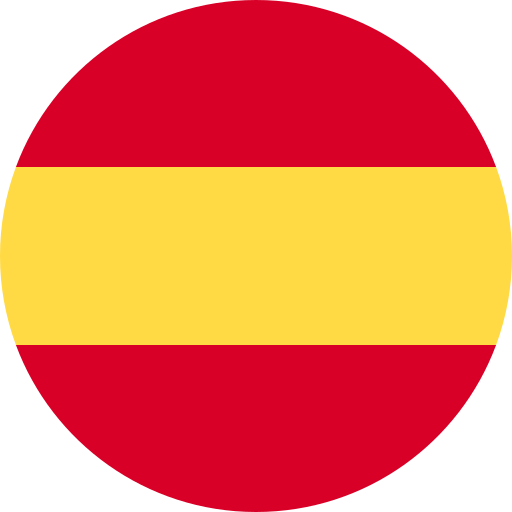It was around 2019 and one of our clients was in pain:
How to automatically notify by phone the incidents detected by your monitoring tools to the resolution teams?
As monitoring partners, we started to study the tools available in the market. We create free-trials in 3 solutions: PagerDuty, VictorOps and Opsgenie.
All 3 were focused on the U.S. market, and while they were excellent for alarm monitoring, tracking and incident management, the audio was:
- In English
- Static, the message it conveyed was fixed.
- The voice was robotic.
In our opinion, this made them unfeasible. Not all of the people who were to receive the calls spoke English. The quality of the audio did not allow to understand what the alert was about, therefore, it was necessary to connect to the different tools to determine if the alarm was real, should be referred to other equipment or even discarded.
And in the most serious case: when massive outages occurred, the systems called you multiple times, and as the audio of the alert was of poor quality, you could not know if these calls were new incidents or alarms associated with the same incident that were already working.

Another edge case is that the customer handled ITIL (Information Technology Service Management Best Practice Guide) concepts for their event management and incident management, so depending on the alarm, both the technical specialist and incident management had to be notified simultaneously to follow up. This double notification can only be done manually through communication tools such as Teams or Slack, but not by phone.
But…where there is a problem there is an opportunity.
Around the same time, another client asked us to monitor their IVR (Interactive Voice Response, an automated telephone system that interacts with callers through pre-recorded voice prompts or menus). To implement the monitoring, we set out to investigate the operation and set up a laboratory. This lab turned out to be our MVP (Minimum Viable Product) for the automated calling system we christened 24cevent.

Given the technical feasibility, we started to work hard to see if we could solve the needs of the Chilean market and our client. Although it was only an MVP, we focused on solving our client’s main unmet pains, which in turn would become the main differentiators of our solution:
- Generate automatic phone calls in Spanish. (pain_1)
- Convert any text entered by the client into audio. (dolor_2)
- The audio voice should be as human as possible, replacing robotic voices. (dolor_3)
- To be able to confirm when a person received alarms from this automatic system.
- If not confirmed, make the corresponding scaling with multiple levels. This would give the customer peace of mind that their alert would not be forgotten if the person in charge did not answer.
- We take the opportunity to add simultaneous calls to N recipients.
- We took the opportunity to add an anti-spam feature. In case there were 10 alarms to the same person, it did not make sense to call him, give him a message, hang up and call back for each of the 10 alarms. Therefore, we group all alarms for the same recipient into a single call.
With this we had our successful MVP and told our client that we wanted to compete.
Competing against other tools:
We won in all the categories we had identified! But as in all good ventures and stories worth telling, victories don’t come so easily.
Despite winning in critical categories, they decided to hire VictorOps, for quite logical reasons:
- Our system at that time did not even have a web interface.
- All configurations had to be done at the code level.
- We did not have our systems in high availability.
Finally, it was David vs Goliath. A Chilean company with an MVP vs. an internationally recognized product. It was logical for us to lose, but coming out on top in the most important categories was a clear sign that we had gold on our hands.
This meant that we doubled or even tripled the stake. We discontinued some software that we were not selling well and put almost all the efforts of our software factory to work on 24cevent.

The conviction was strong, we spent almost 2 more years working on strengthening the product before we got our first customer, but we did it!
5 important milestones that helped us close the first deal:
- Creation of the web interface: configuration, operation and reports.
- Event management section to centralize all information, with support for customized columns.
- We implement ITIL process: An alarm is generated, first response time is measured until a technician is assigned (MTTA, “mean time to acknowledge”) and then solution time is measured until monitoring detects that the alarm has been cleared (MTTR, “mean time to repair”).
- Complete high-availability system: servers, databases, inbound channels, suppliers, etc.
- Complete customization of the messages to be delivered:
- Customization of the channels through which they can be delivered: call, whatsapp, telegram, teams, slack, each with personalized text/audio capability.
Today we already have important companies as clients and we are looking to compete internationally, strengthening the brand and getting partners with which to scale.
This road is just beginning, and the idea that “a star is born” is still uncertain, but I prefer to write today and be able to look back on this memory in 10 more years, of how we started and how we knew how far we were going to go with 24cevent .
Daniel Zuleta
Founder at 24Cevent

